Singer found fame on both stage and screen
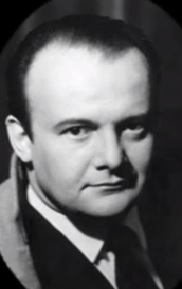 |
| Tito Gobbi, pictured in 1955 |
He had a career that lasted 44 years and sang more than 100 different operatic roles on stages all over the world.
Gobbi also sang in 25 films and towards the end of his career directed opera productions throughout Europe and America.
His singing talent was discovered by a family friend while he was studying law at the University of Padua, who suggested that he studied singing instead. As a result, Gobbi moved to Rome in 1932 to study under the tenor, Giulio Crimi.
At his first audition he was accompanied at the piano by Tilde De Rensis, the daughter of musicologist Raphael De Rensis. She was later to become Gobbi’s wife.
Gobbi made his debut in 1935 in Gubbio, singing the role of Count Rodolfo in Vincenzo Bellini’s La sonnambula, and then went to work for a season at La Scala in Milan as an understudy, which gained him valuable experience.
He made his first appearance on stage there as the Herald in Ildebrando Pizzetti’s Orseolo.
Listen to Tito Gobbi singing Di provenza il mar il suol from Verdi's La Traviata
In 1942 he sang the role of Belcore in Donizetti’s L’elisir d’amore at La Scala, conducted by Tullio Serafin.
Gobbi was guided by Serafin in preparing roles, which was to be invaluable later in his career when he was cast as Scarpia, Rigoletto and Simon Boccanegra.
 |
| The movie poster for the Italian version of the British film The Glass Mountain |
After the Second World War, Gobbi’s international career took off and he sang at the Royal Opera House in Covent Garden, the Lyric Opera in Chicago and the San Francisco Opera house.
He made his debut at The Metropolitan Opera in New York as Scarpia in Tosca.
Gobbi's performance in 1949 in the British film, The Glass Mountain, which was set in wartime Italy, made him known to a much wider audience. The theme music, Legend of the Glass Mountain, which became a contemporary hit, was by the Italian composer Nino Rota.
 |
| Tito Gobbi pictured in London in 1973 |
He directed Otello in California, Chicago and Thessalonika in Greece and Gianni Schicchi by Puccini in Florence, at the Edinburgh Festival, and in Chicago, Zurich and Monaco.
Gobbi estimated that he had sung the part of Scarpia in Puccini’s Tosca nearly a thousand times.
Gobbi and Callas had previously sung Tosca together in a 1953 recording of the Opera in Milan, when Giuseppe di Stefano sang Cavaradossi. That recording, which has been reissued on CD, is considered the finest recording of a complete opera ever made.
In retirement the singer wrote two books, Tito Gobbi: My Life and Tito Gobbi on his World of Italian Opera. After retiring in 1979, Gobbi died in Rome in 1984 at the age of 70.
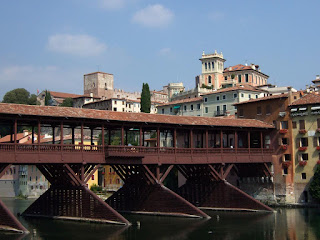 |
| Palladio's Ponte degli Alpini in Bassano del Grappa |
Bassano del Grappa, where Tito Gobbi was born, is an historic town at the foot of Monte Grappa in the Vicenza province of the Veneto, famous for inventing grappa, a spirit made from the grape skins and stalks left over from wine production, which is popular with Italians as an after dinner drink to aid digestion. A famous sight is the Ponte degli Alpini, a bridge designed by Andrea Palladio. The painter Jacopo Bassano was born in Bassano del Grappa and took his name from the town.
Gubbio, where Tito Gobbi made his opera debut, is a town in the province of Perugia in Umbria, with some fine medieval architecture in the narrow streets in the centre. Gubbio is well-known for its annual foot race, Corsa dei Ceri, held on 15 May. Three teams, devoted to Sant’Ubaldo, San Giorgio and Sant’Antonio, run through the town and up the mountain carrying a statue of their saint mounted on a tall wooden stand. A similar event is held each year in Jessup, Pensylvania, when residents race statues of the three saints through the streets.
More reading:
Luciano Pavarotti - king of the high 'Cs'
How Tullio Serafin helped Maria Callas achieve her potential
Nino Rota - film music composer who wrote The Godfather soundtrack
(Photo of Tito Gobbi in London by Allan Warren CC-BY SA 3.0)
(Photo of Bassano del Grappa by Zyance CC BY-SA 3.0)
Home

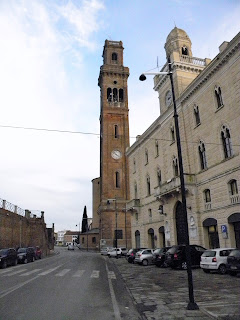



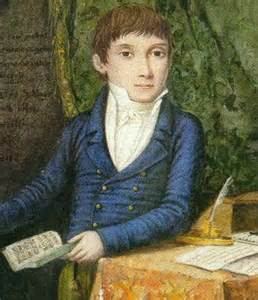


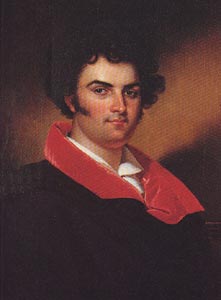



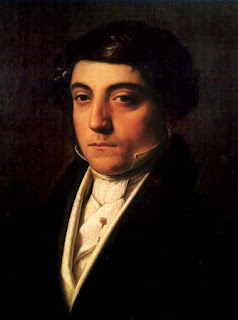
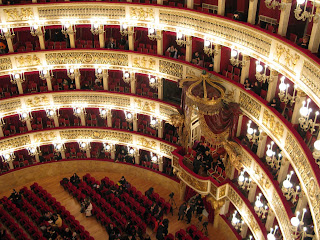

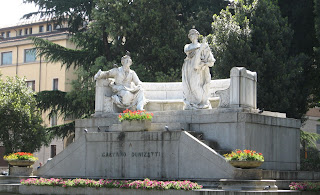

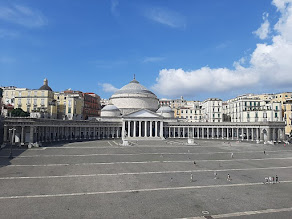

.jpg)